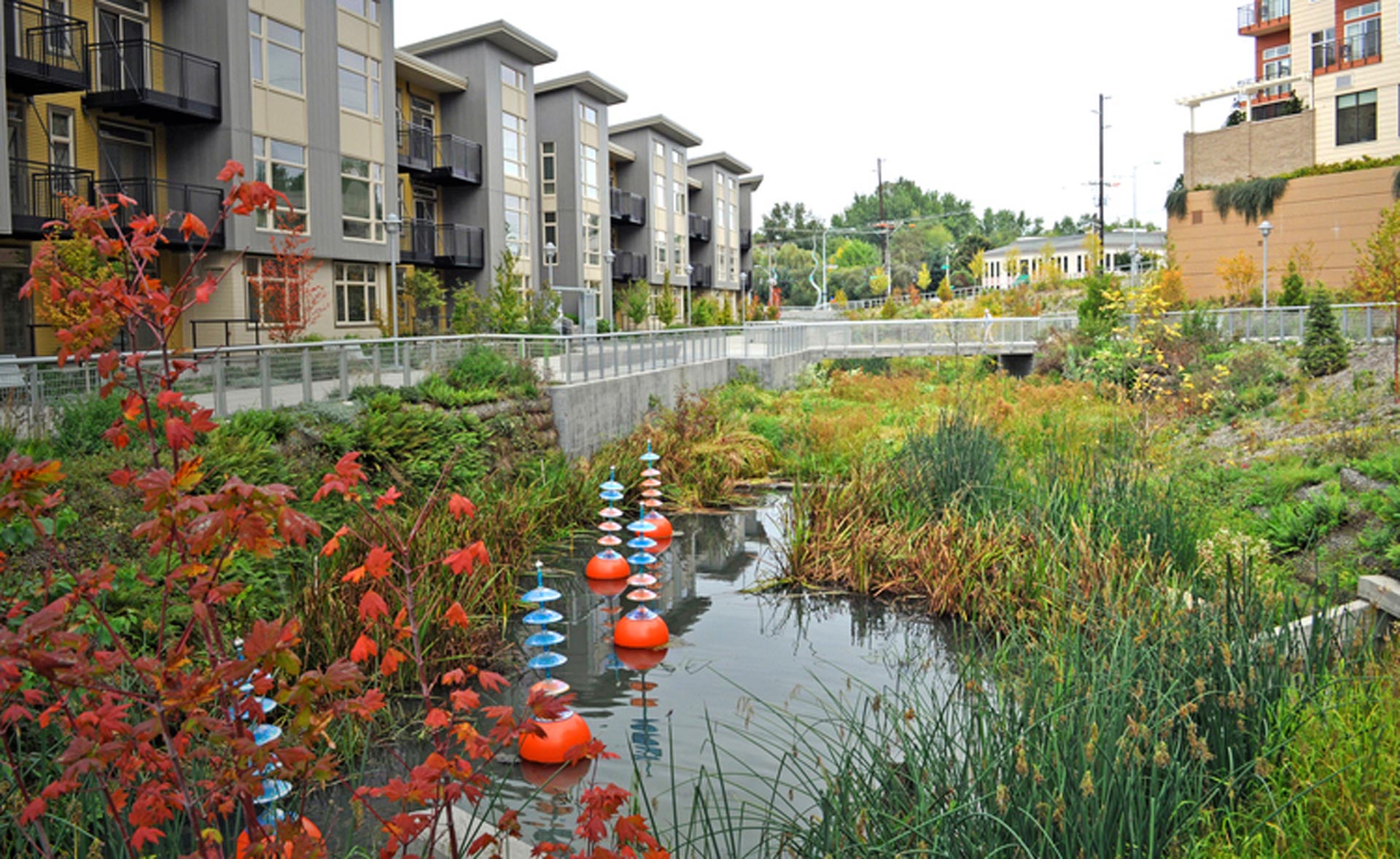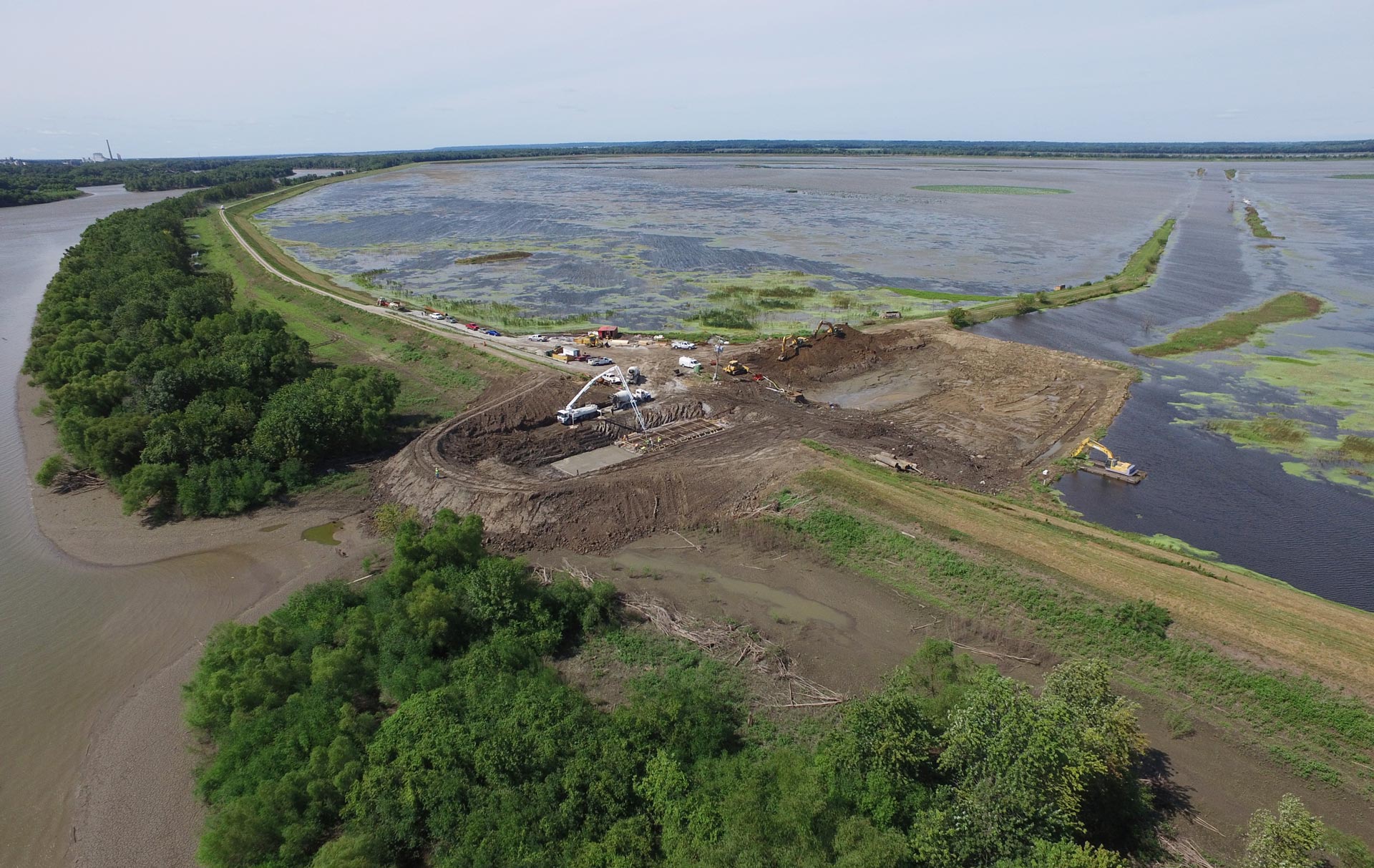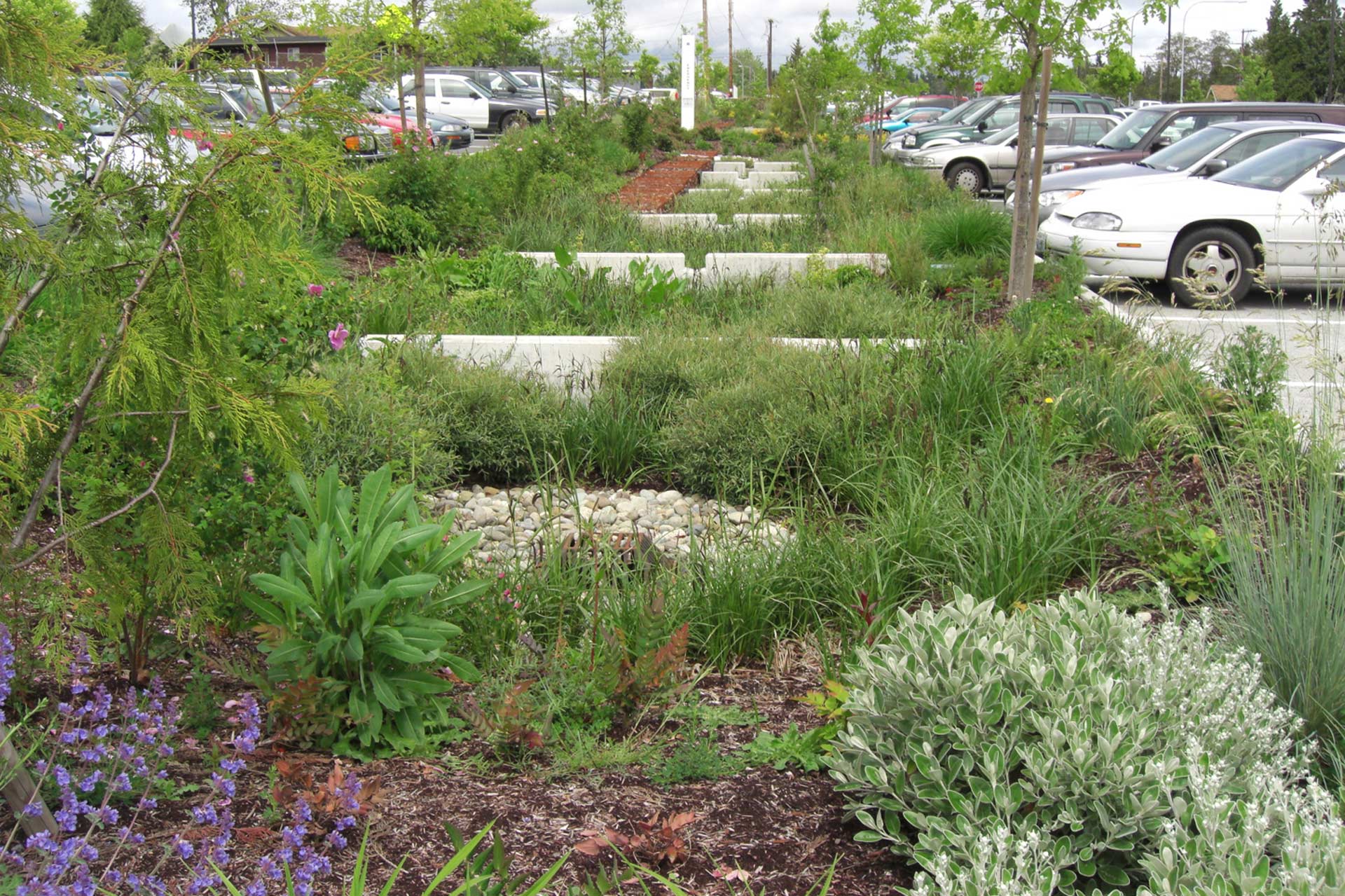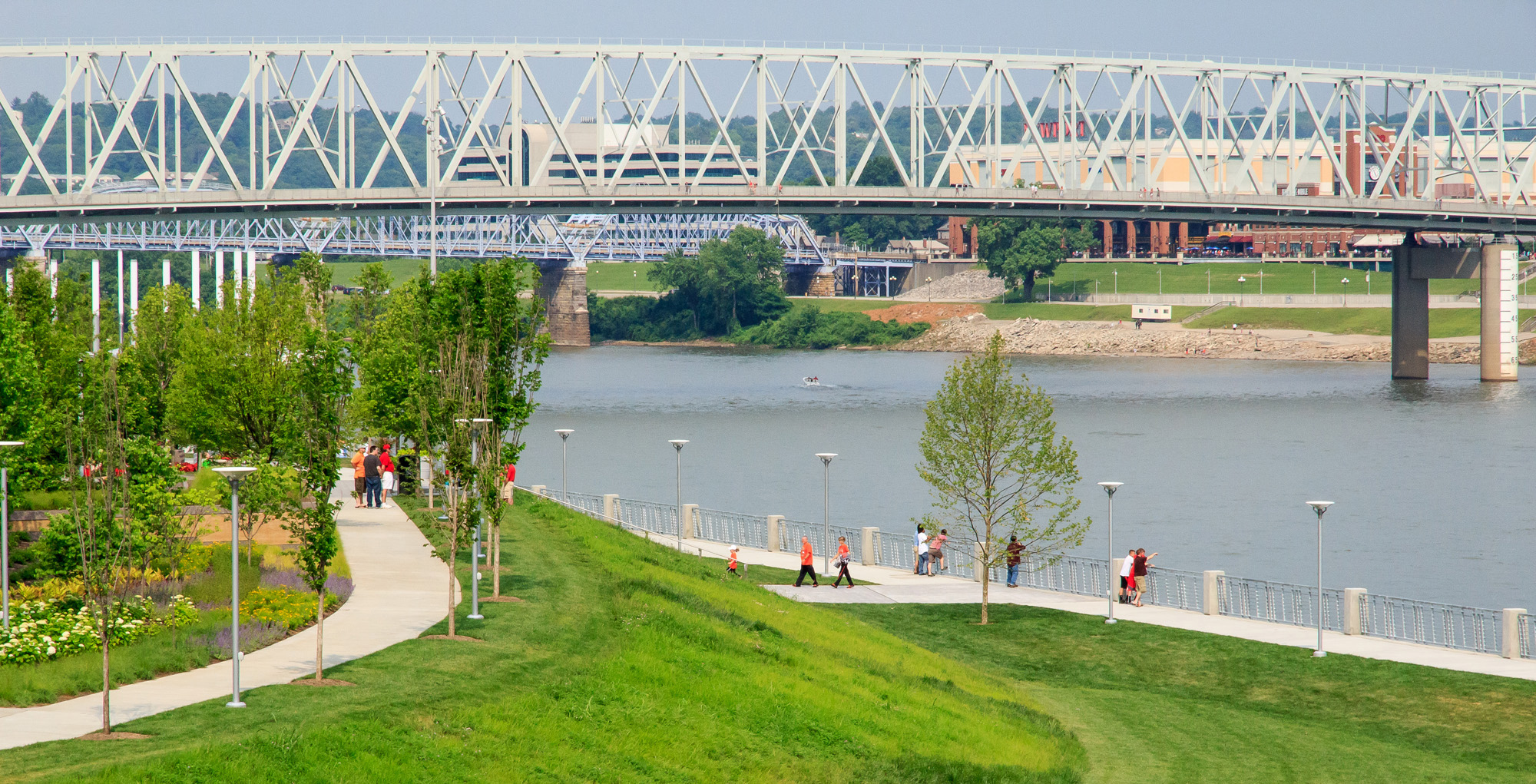Santa Fe River Restoration, New Mexico
Challenge
Dating back to the 1940s, the rapidly growing community in and around Santa Fe, New Mexico began to tap in to the Santa Fe River and the groundwater that supports it for drinking water. Over time the demand on the water feeding the Santa Fe and increased impacts of development led to concerns over degrading water quality, falling water levels and severe erosion along the river. After several decades of floodplain and river restoration advocacy from residents and community organizations, the State of New Mexico identified the river as being in “urgent need of restoration.”
Project Details
- Location: Santa Fe, New Mexico
- Population: 147,423 (city and county)
- Strategies: Daylighting rivers and streams, Floodplain restoration, Mapping, Floodwater Detention, Waterfront Park, Green Parking lots
Overview/History
Degradation of the Santa Fe River, once a regularly flowing trout stream capable of supporting riparian ecology, did not begin in earnest until the early 20th century. Regular crop cultivation in the area led to diversion of the river, though groundwater reserves continued to support local ecology when flow rates were low. Starting in the mid-20th century, increased settlement and urbanization greatly impacted water levels, water quality and flow rates. Removal of grade controls in the 1970s increased flood capacity but greatly exacerbated erosion, which by 1996 had reached a rate of nearly one foot a year. Sand and gravel mining in the latter half of the 20th century led to further deepening of the river, contributing to even more erosion. These things led to significant degradation in water quality and volume, an increase in the velocity of now unimpeded floodwaters, a decline in local plant and animal life, and a precipitous decline in the overall health of the river and river ecosystem.
Following a period of increasing attention to the heavily degraded nature of the river and the threats it posed to safety, health and well-being, local activism on the part of the Santa Fe Watershed Association (SFWA) sought to cultivate support for a wider revitalization effort. SFWA-led tours of the river produced increased interest on the part of local officials and the eventual development of joint resolutions on the part of the City and County of Santa Fe to collaborate to develop a plan for the rehabilitation of the river. These efforts culminated in the 2002 Santa Fe River Watershed River Restoration Action Strategy. This was not the first attempt to address the rehabilitation of the river. Rather, the SFWA harnessed previous planning efforts by forming a Watershed Advisory Group composed of key representatives of the city, county and community to assess and advance plans already in place. The Santa Fe Watershed Restoration Action Strategy therefore represents a foundational document that, along with commitments from the city and county, was extraordinarily influential in the realization of rehabilitation efforts. Both the Santa Fe River Trail Corridor and the Santa Fe River Park projects grew directly out of these foundational efforts.
Solution
The city and county of Santa Fe and the Santa Fe Watershed Association are using an integrated approach to river restoration to fuse public recreation and access with nature-based infrastructure techniques that can provide for ecological habitat, reduce or mitigate flooding, and improve water quality. In the City of Santa Fe, the recently revitalized 1.5-mile Santa Fe River Park is a testament to natural and ecologically inspired design and infrastructure. Here, the linear greenway park takes inspiration from historic irrigation techniques to naturally infiltrate, treat and convey stormwater to irrigate riparian species. Locally appropriate plantings help to stabilize the riverbank and the buffer areas, and they provide cover and breeding areas for native animal species. The centerpiece of the restoration effort is the construction of pedestrian and cyclist paths along the river through the most densely populated neighborhood in the city. These paths have become extremely popular with residents and visitors.
County restoration efforts, as part of the Santa Fe River Trail Corridor and Greenway project, align with city and SFWA efforts to both revitalize the Santa Fe River and allow for public access. Restorative work along the Santa Fe River Trail Corridor has focused heavily on erosion mitigation and control through nature-based infrastructure. This includes channel grading and contouring to appropriately slow flood waters in a way that mimics the historic flow of the Santa Fe River, boulder drops, and significant riparian planting to stabilize the riverbank. These measures are also aimed at increasing aquifer recharge and irrigating local plant life. As with the Santa Fe River Park project, public access is an integral part of the plan, with multi-use trails allowing for pedestrian and cyclist access along the revitalized river.

Funding/Financing
Gross receipts tax, legislative appropriations from the State of New Mexico, and a bond issue from the City of Santa Fe are being utilized to fund land acquisition, trail construction and revitalization efforts. The project is being funded gradually, and not all of the final 13-mile stretch is complete.
Benefits
The co-benefits of the project are primary ecological, though the project has vital flood reduction, public health, and social co-benefits. Mimicking or restoring natural watercourses (by widening the floodway) has aided natural irrigation and further supported ecosystem regeneration. Widening and contouring the channel also aids flood reduction and mitigation by slowing floodwaters. Water quality, a primary impetus for the original revitalization efforts in the late 20th century, is aided considerably by restoring riparian ecosystems, as well as efforts to infiltrate and treat runoff. The social benefits of the project are considerable. Completed portions of the trail, greenway and especially Santa Fe River Park, have become extraordinarily popular with residents and visitors as both recreational resources and as significant pieces of transportation infrastructure.





